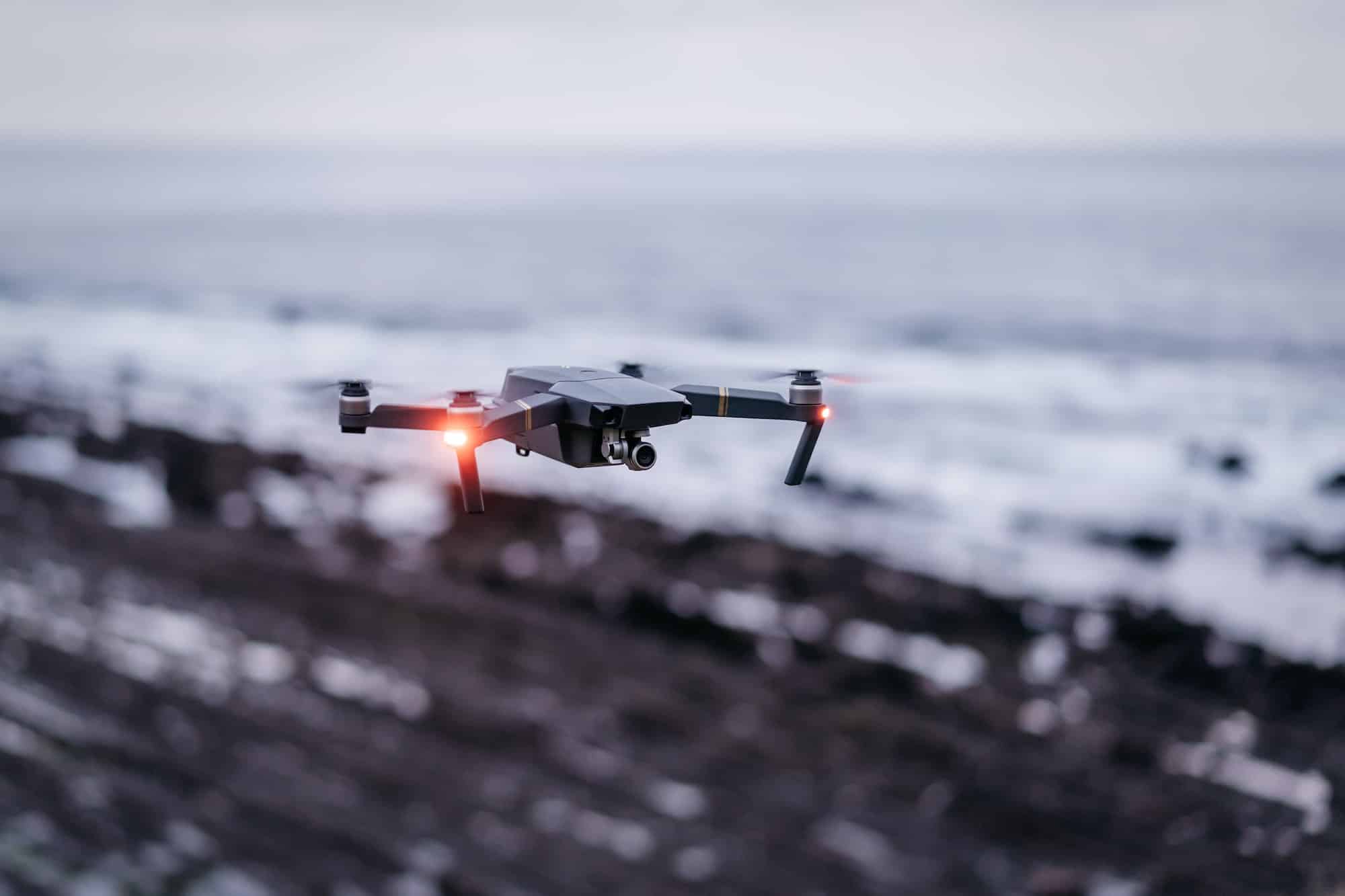What Are the Best Practices for Maintaining and Storing Personal Drones?

In an era where technology constitutes a significant part of our daily lives, drones have become mainstream gadgets. Whether you use your drone for recreational purposes like photography and racing or more serious tasks like surveillance and inspections, it’s essential that you keep it in the best possible condition. We are going to provide you with some of the best practices for maintaining and storing your personal drones. This guide will help prolong the lifespan of your drone and ensure that it functions optimally every time you use it.
Understanding Your Drone
Getting to grips with the different parts of your drone and their functions is the first step towards maintaining it properly. Even though drones come in various shapes and sizes, they generally have similar components. These components include the main body (which houses the CPU), the propellers, the motors, the camera, and the battery.
Sujet a lire : How Can Recreational Drones Be Made More User-Friendly for Beginners?
Understanding how these components work together will give you insight into what needs to be done when maintenance is necessary. For instance, knowing how to handle the battery correctly can significantly enhance the drone’s lifespan. Equally, understanding how the propellers work can help you determine when they need to be replaced.
Regular Maintenance Checks
One of the best ways to ensure your drone’s longevity is through regular maintenance checks. When we say "regular," we mean after every flight. Yes, it might seem like a lot of work, but it’s worth it.
En parallèle : What Are the Challenges in Ensuring Privacy with Recreational Drones?
After every flight, ensure you check the propellers for any signs of wear and tear. If they are damaged, they should be replaced immediately. Equally, ensure that the motors are not overheated and that the camera lens is clean.
The drone’s body should also be inspected for any signs of physical damage. A crack on the drone’s body might seem insignificant, but it could potentially cause more serious problems in the future.
Correct Battery Handling
The battery is one of the most crucial components of your drone. Therefore, it’s only logical that it requires special attention. Incorrect handling of the battery can lead to its degradation, shortening the lifespan of your drone.
Always ensure that you fully charge your drone’s battery before every flight. This will help maximize the drone’s flight time. However, do not leave the battery charging unattended. Overcharging the battery can lead to it swelling or even exploding.
After every flight, give the battery time to cool down before charging it. Also, if you’re not planning on using your drone for a long time, ensure that the battery is at least 50% charged before storing it.
Proper Cleaning of Your Drone
Keeping your drone clean is another essential maintenance practice. Depending on where you’re flying your drone, it’s likely to pick up dust, dirt and, in some cases, moisture.
After every flight, wipe down your drone with a dry, lint-free cloth. Use a small brush to remove any dirt or debris that may have lodged in the drone’s crevices. If your drone comes into contact with water, make sure to dry it thoroughly before storing it. Moisture can cause rust or damage the electronic components of the drone.
Considerations for Drone Storage
Last but certainly not least, storing your drone correctly is crucial to ensure its longevity. Always store your drone in a cool, dry place, away from direct sunlight. Prolonged exposure to sunlight can cause the drone’s plastic parts to warp.
If your drone came with a carrying case, use it for storage. The case is designed to keep the drone safe from physical damage during transport or storage. If a carrying case did not come with your drone, consider investing in one.
In conclusion, owning a drone is not just about flying it. Proper maintenance and storage practices are necessary to ensure your drone’s longevity. By following these practices, you’re not only saving yourself the cost of frequent replacements but also guaranteeing the best possible performance from your drone each time you fly it.
Periodic Software Updates
Possessing a good understanding of your drone’s hardware is certainly important, but so is keeping up-to-date with its software. Periodic software updates are just as crucial to your drone’s health and optimal performance as physical maintenance.
Most drones are designed to perform automatic updates when connected to the internet. However, some models might require manual updating. You should regularly check for these updates as they often contain fixes for bugs, performance enhancements, and even new features.
Software updates also often include improvements to the drone’s flight controller data. This data enables your drone to stay stable while in flight and respond to your commands accurately. Updated flight controller data can lead to a smoother flying experience.
Moreover, drone manufacturers often release firmware updates for the drone’s battery. These updates can improve the battery’s performance and longevity. Therefore, it is crucial to ensure that your drone’s software, including the battery firmware, is always up-to-date.
Emergency Preparedness
There might be instances when despite all your meticulous maintenance and care, your drone encounters an unexpected issue during a flight. It could be due to a sudden change in weather conditions, a mechanical failure, or an unforeseen obstacle. Being prepared for such emergencies is a critical part of drone ownership.
The first step in emergency preparedness is having a comprehensive understanding of your drone’s fail-safe functions. These are automated systems designed to bring your drone back to its home point or land it safely when it encounters an issue during flight.
The Return to Home (RTH) function is common in most drones. It’s essential to know how and when to use it. Regularly check that your home point is correctly set before every flight.
Additionally, make sure you have spare parts on hand, such as extra propellers and batteries. If a problem occurs that can be quickly fixed, having these spare parts can mean the difference between continuing your flight or having to pack up and go home.
Conclusion
Being a drone owner involves more than just flying. It requires a commitment to regular maintenance checks, proper cleaning, correct battery handling, software updates, and emergency preparedness. By following these best practices for maintaining and storing personal drones, you can ensure the longevity of your drone and guarantee its optimal performance each time you take it to the skies. Remember, a well-maintained drone is a well-performing drone, saving you from the cost and inconvenience of frequent replacements.
